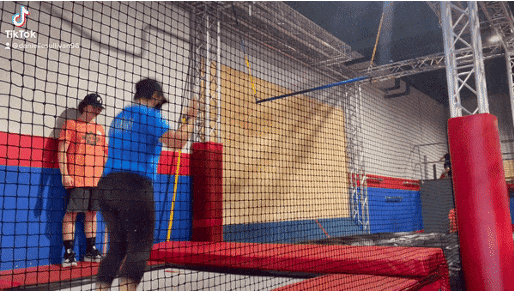
Structured Literacy, Real Results: Our Grades K–2 Breakthrough
2-min. read
4-min. read

I laughed more when I was in the classroom than I did at any other time in my career. Kids are fun-nay! And when it comes to side-stitching hilarity, they seldom disappoint. It’s not all about fun and games, though.
Laughter can actually help students learn. Seriously!
It can also improve your instruction and add “glue” to your classroom community. Check out these research-proven benefits of using laughter in the classroom.
Picture someone laughing—like seriously laughing—at something. What does their body look like? What does their face look like? How are you feeling just picturing that person laughing? Yes, laughter is contagious!
Although we still have a lot to learn, the science of laughter is the subject of lots of contemporary research. Laughter has been proven to decrease stress and increase our feel-good hormones. It can even increase social bonds among strangers. A study from 2017 found when people laugh together, they experienced positive emotions toward each other and fewer negative emotions than from laughing alone. People who share laughable moments also tend to see their similarities, which increases their connection with one another.
Laughter can be a very powerful tool for learning and improving retention. I know from my own experience that this is true. When I was a senior in high school taking AP Calculus, the content was very rigorous and took a lot of focused brainpower to understand. My teacher knew that, and she was an expert at incorporating laughter and movement into her instruction. For one tricky concept, she had us stand up and act out “sine, cosine, tangent” with movement and sound. It not only broke up the taxing work but also made lessons fun and memorable. I still remember what I learned that day.
Laughter can help us feel safer, increase positive hormones that lead to a willingness to learn, and calm the overactive brains of students who’ve experienced trauma. There’s magic in using humor to help people lean in, learn, and be more engaged. In fact, I’m going to give you something to help you better remember this blog: me attempting (and failing) to scale an obstacle course.

Now that you’re giggling, here are a few ways to include more laughter in your life and classroom.
Ask your students and/or staff to send you their favorite jokes, then start each meeting or class with one of them! Here are a few to start you off:
What do you call a boomerang that won't come back?
A stick.
Why are sports stadiums so cool?
They are filled with fans!
What do you call a bear with no teeth?
A gummy bear.
Why do beets always win?
They are un-BEET-able!
What is the shortest month?
May. It has three letters.
Have students create “laughter diaries.” For one week, ask them to record things that make them laugh. Then, you can have fun on a Friday sharing some funny experiences. You can also have “funny things that happened” sharing events throughout the year. It’s a great way to get some writing time in as well!
Have a smiling contest. In this activity, students smile at one another, and the first person to laugh wins or is out and the remaining players must keep smiling without laughing. You get to choose the rules. Choose whatever helps to keep the laughter alive!
This is a game you can play if you are teaching or working remotely. Everyone has seen someone’s camera freeze during video chats, right? It’s never a pretty picture. Everyone ends up looking up the unfortunate person’s nose until their computer unfreezes. The goal of this game is to have everyone make their best “freeze face” and hold it for five seconds. The last person to laugh wins!
Teachers, we know there are many ways to engage and motivate students, but adding a little comedy to your bag of teacher tricks is certainly one of my favorites. The class that laughs together, learns together.

2-min. read

3-min. read

2-min. read